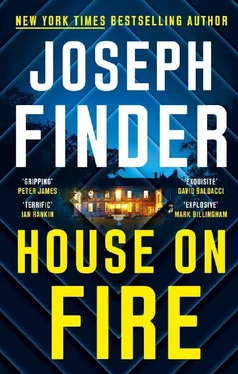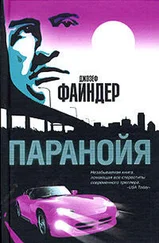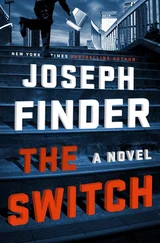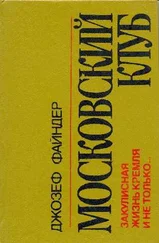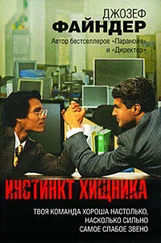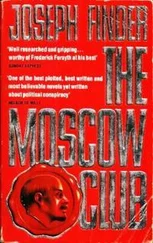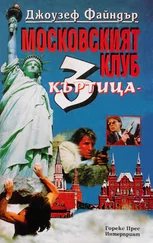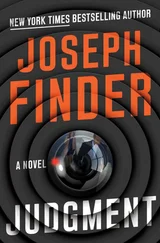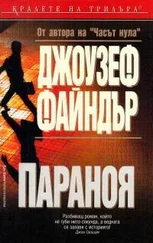“You’re not worried about doing damage to yourself?”
“I did hear about one study where a guy died. Had a bad drug reaction. But that doesn’t happen very often.”
“Huh.”
“I oughta move to Austin, man. That’s where all the clinical trials are.”
Then breakfast was brought in on two trays. Scrambled eggs, toast, fruit cup. Institutional and perfectly okay.
Then they left us alone for a while. Winston asked me if I wanted to play pool, and I demurred. He went in search of the inevitable video games, and I made calls and used their Wi-Fi.
The day passed slowly. I made a lot of phone calls and read old magazines.
At two in the morning, I got up — I hadn’t been sleeping; I was lying there mentally going over my next moves. I used the ladder to get out of the top bunk, moving quietly. I didn’t want to wake Winston, who was snoring pretty loudly.
The first thing I did was to tug the long tube out of my stomach, out of my esophagus, and out of my nose. It made me feel queasy again, but that feeling passed quickly. It was a relief to have the thing out. I left the probe and the data recorder on a wooden dresser. Then I changed into my security-company uniform, or at least as close to a uniform as Jillian was able to assemble. It was a pair of gray pants and a gray shirt. Unfortunately, the gray shirt was just a generic gray shirt from Target; it was missing the stitched-on logo of the security company. I took out my metal clipboard. My forged Phoenicia ID badge hung around my neck on a lanyard. It was a good forgery.
Winston kept snoring.
I slung a small nylon messenger bag over my shoulder. It contained a few small pieces of equipment. My bag of toys.
I opened the bedroom door slowly and quietly and looked to either side to see if anyone was out there.
No one.
I slipped out, closing the door gently behind me. All was quiet, just the rhythmic pheep pheep pheep from some machine.
The lights were on out here, but I didn’t see anyone awake and working. Maybe there was a skeleton night staff. No one saw me. No CCTV camera globes in this part of the clinic. In a place like this, they’d be obvious, not concealed.
I found a door marked simply exit. I was fairly sure this was the right door, based on the floor plan I’d memorized. There were several. For reasons having to do with the fire code, it didn’t require an ID. You just pushed the door open. Coming back in you’d need an ID badge. Which, of course, I had.
It opened onto the concrete apron of a large, dark loading dock. It was cold and smelled of gasoline. It was dimly lit by just the low-power emergency lights. I could just barely make out a row of large plastic trash bins, some of them marked with a biohazard symbol. This was where the clinic’s rubbish was dumped and stored. I looked up and saw a video camera mounted high on the wall. Just where it should be on the loading dock. Presumably there was at least one more, on the other side.
I had to assume the camera was being monitored. Probably by a couple of guys sitting in a room somewhere in the building that had a lot of screens on the wall. But that was okay. I looked like a member of their security force.
There was no one in the loading dock. Not at 2:05 in the morning. Walking like I belonged, I made my way to the freight elevator that I knew was there, from the floor plans. Pressed the button, and it opened right away.
I got in. There was a camera in the elevator, which didn’t surprise me. Management didn’t trust the guys who worked the loading dock.
Right away I took out my phone and put it to my ear. “What’s up?” I said to no one. Phone in my ear, clipboard in my hand, I looked like a busy supervisor.
I hit the button for the seventh floor, where the executive suite was located. Including the office of the chief scientific officer.
The elevator didn’t move. I put my ID badge near the card reader, and the elevator started moving, up.
I’d studied the seventh-floor drawings particularly closely, so I had a pretty good idea where the executive offices were. But the drawings were original, done before the headquarters building was constructed, and the company could have done all kinds of renovation since then. I’d have to explore.
As the elevator rose, I continued talking into my phone, making inane conversation. “Yeah, Jack, I’ll check it out. Sure, if you say so. So far so good.”
There was a video cam mounted at the ceiling of the elevator. It probably didn’t capture sound as well. But if anyone was watching the monitors, they’d see my mouth moving. They’d see me talking on the phone and looking like I knew what I was doing. I was going about my security business.
My fake Phoenicia badge was a clone of one of the maintenance workers’ badges. So it would probably get me anywhere in the building. I’d chosen that one because it had the widest privileges of any of the ID badges I captured.
In a minute the elevator’s doors opened on what I assumed was the seventh floor. It was a dark corridor. The floor was carpeted with squares of some cheap indoor-outdoor fabric. Straight ahead of me was a door, and next to the jamb was a wall-mounted RFID reader. It was highly unlikely there was a camera here, but I kept up the pretense of talking on my iPhone. I took a few steps and waved my ID badge next to the reader.
Nothing happened.
I touched the card to the reader, and again nothing happened.
I was stymied. I’d expected the cleaning guy’s card to give me access to the entire seventh floor. But for some reason this one wasn’t doing it.
Shit.
I knew the cloned card wasn’t defective, since it had gotten me into the elevator and onto the seventh floor. But apparently there was another level of access. Maybe people who had offices on the seventh floor had a different series of numbers encoded in their ID badges. Higher access. Only for the company’s top executives and their assistants.
But the cleaning crew also had to get onto the seventh floor, or it would never get cleaned. So at least someone on the crew had to have a badge that worked here. Unfortunately, I hadn’t captured the right person’s ID.
Behind me I heard the elevator machinery whirring to life as the elevator descended.
Someone had called it.
“Door’s locked,” I said into the phone, to no one. I inspected the wall-mounted ID card reader more closely.
The door was solid steel, a fire door. I wasn’t going to be able to force it open. I was screwed. I thought for a moment. What the hell should I do now?
The elevator opened, and I spun around. A guy came out. He was dressed just like me. A security guard. He’d probably been watching the camera feed, seen me in the elevator, and wondered what I was doing here in the middle of the night.
What happened now was important. You always talk first. Initiate conversation. Take charge of the situation.
Still holding my phone to my left ear, I said to the guy, “Oh, man, I’m glad you’re here.”
“Can I help you, sir?” the guard said. He was tall, even taller than me, and had a pockmarked face and cauliflower ears. He looked like he used to box or prizefight.
I held up an index finger, telling him to wait a beat. “Hold on,” I said into the phone, “you don’t have to come all the way here. There’s a gentleman right here who’s gonna open the door for me.”
I smiled at the guard. As if this was all some silly formality.
At this point, ninety percent of security guards would have relented and opened the door for me.
But not this guy.
“I’m sorry, what’s this for?” he said, giving me a wary glance.
“Security audit,” I said. “What’s your name, please?”
“João Miguel,” he said. “Jomi.”
Читать дальше
